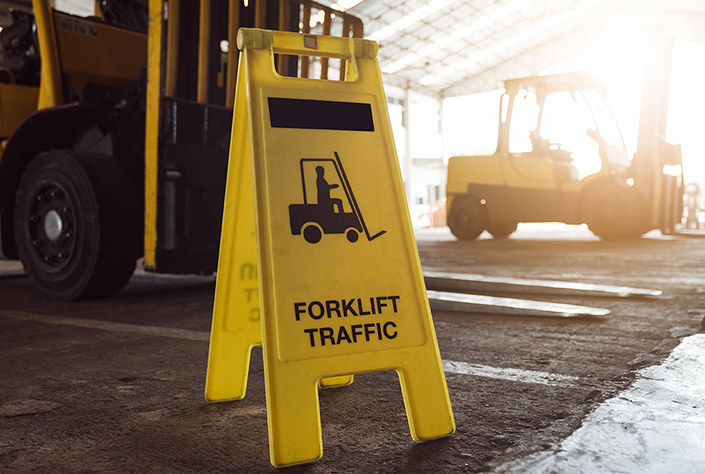Do warning signs improve safety in the workplace? New study says no

Warning signs and alert icons fail to improve—and can even worsen—how safely workers perform their tasks, according to a recent study by Texas A&M University researchers.
The team also concluded that more fundamental procedure hazard statement research is needed to identify effective designs and that the current regulations and guidelines being used should be revisited regarding hazard presentation in procedures.
The results of the team’s study were recently published in Human Factors, the Journal of the Human Factors and Ergonomics Society.
“The findings of these studies are pretty surprising. For the first study we had originally designed it as merely a method of testing our protocol for the simulation study,” S. Camille Peres, associate professor in the Department of Environmental and Occupational Health at the Texas A&M School of Public Health, said. “When we got the surprising results I told the students, ‘We are definitely going to need some more data before we present this.’”
Peres and her colleagues performed two experimental studies—a laboratory study and a high-fidelity simulation. Both studies manipulated the hazard statement design elements present in procedures participants used while performing their tasks. The worker’s adherence to mitigating these hazards was compared with the hazard statement designs to determine if they translated to the procedures.
The team found that the guidelines currently used for consumer products for hazard statement designs did not translate to procedures used by workers in high-risk industrial settings. This could lead to dangerous incidents that could result in injuries and possible fatalities.
In addition, the researchers found that making the alert icons more prominent by highlighting them or putting a box around them did not improve worker adherence to the hazard statements and that the total number of design elements did not have a positive effect on adherence.
“One of the really surprising findings regarding when alert icons are used in procedures is that the likelihood of adherence to the hazard statement was lower with the alert icon,” Peres said. “It’s not just that the icon didn’t help, it made performance worse.”

